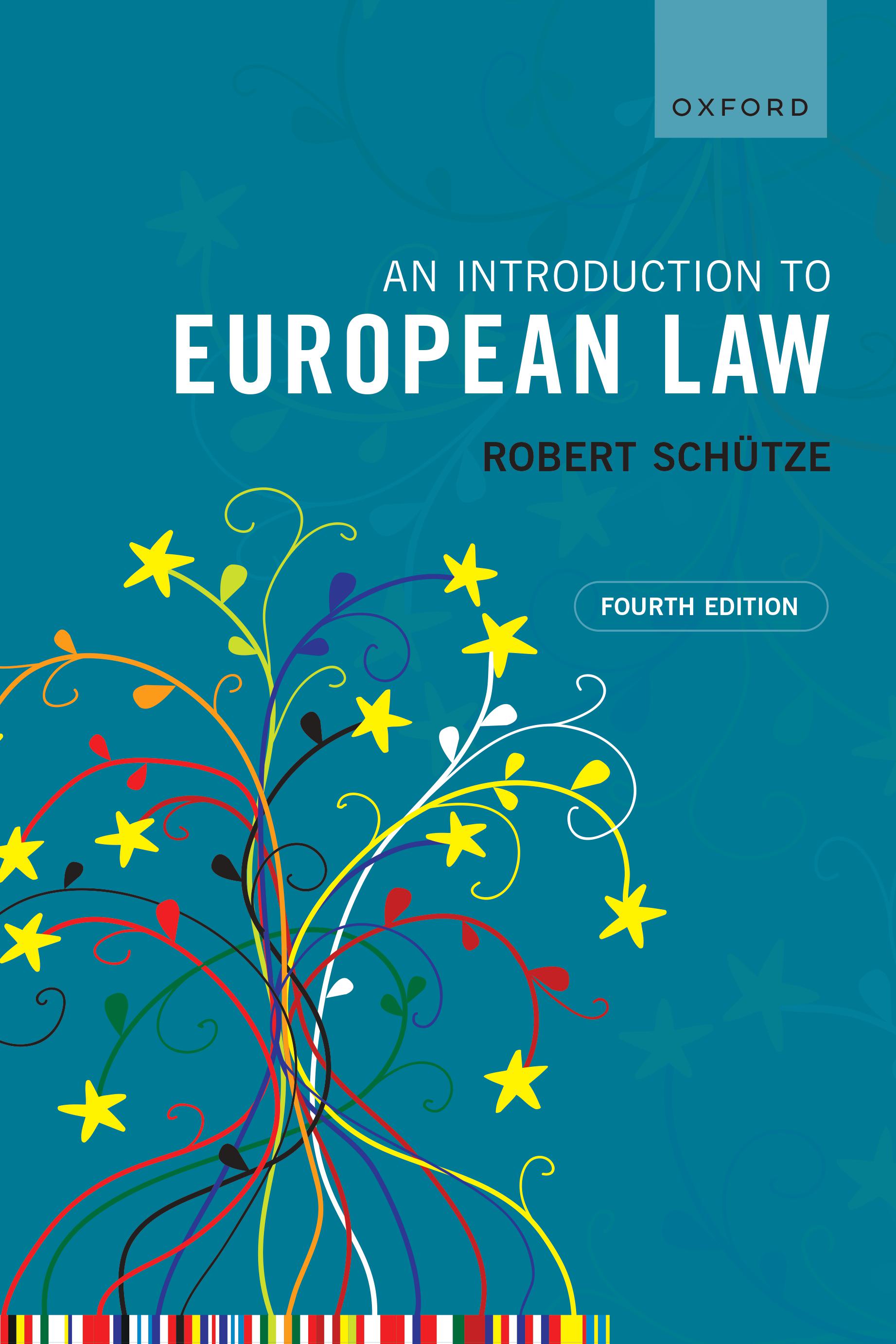1. The “Market”: Product and Geographic Dimensions 3
2. Market Dominance 5
(a) General Considerations 5
(b) Collective Dominance 8
3. Abuse of Market Dominance 10
(a) Article 102 [2] (a) and “predatory pricing” 12
(b) Article 102 [2] (b) and “refusal to supply” 14
(c) Article 102 [2] (c) and “discretionary pricing” 16
(d) Article 102 [2] (d) and “tying or bundling” 18
4. Objective Justification: Apparently Abusive Behaviour? 20
Introduction
The second pillar of EU competition law focuses on the – bad – behaviour of a single undertaking. For Article 102 does not require the collusive behaviour of two or more economic actors. It sanctions the unilateral behaviour of a dominant undertaking where this behaviour amounts to a “market abuse”. The provision states:
Any abuse by one or more undertakings of a dominant position within the internal market or in a substantial part of it shall be prohibited as incompatible with the internal market in so far as it may affect trade between Member States.
Such abuse may, in particular, consist in:
(a) directly or indirectly imposing unfair purchase or selling prices or other unfair trading conditions;
(b) limiting production, markets or technical development to the prejudice of consumers;
(c) applying dissimilar conditions to equivalent transactions with other trading parties, thereby placing them at a competitive disadvantage;
(d) making the conclusion of contracts subject to acceptance by the other parties of supplementary obligations which, by their nature or according to commercial usage, have no connection with the subject of such contracts.
Article 102 encapsulates a number of fundamental choices with regard to the Union’s economic constitution. For by concentrating on a “dominant position within the internal market”, it goes beyond pure monopolies and is thus wider than its American counterpart.1 But by insisting on market abuse, it is also narrower than the American equivalent. For unlike the latter, Article 102 will not directly outlaw market structures. Dominance is not itself prohibited – only the abuse of a dominant position.
Like Article 101, the prohibition of market abuse will however only apply where an abusive behaviour “may affect trade between Member States”. Yet when this abuse is shown to have Union-wide effects it appears to be prohibited as such. For Article 102 has – unlike Article 101 – no “third paragraph” exempting abusive behaviour on the ground of its pro-competitive effects.
In sum: a violation of Article 102 implies the satisfaction of only three criteria. First, we must establish what the “market” is in which the undertaking operates. Second, the undertaking must be “dominant” within that market. And third, the undertaking must have “abused” its dominance.4 All three aspects will be discussed below (a–c). Finally, we will analyse whether the Union legal order has – despite the absence of an express exemption – allowed for “objective justifications” of abusive conduct (d).
